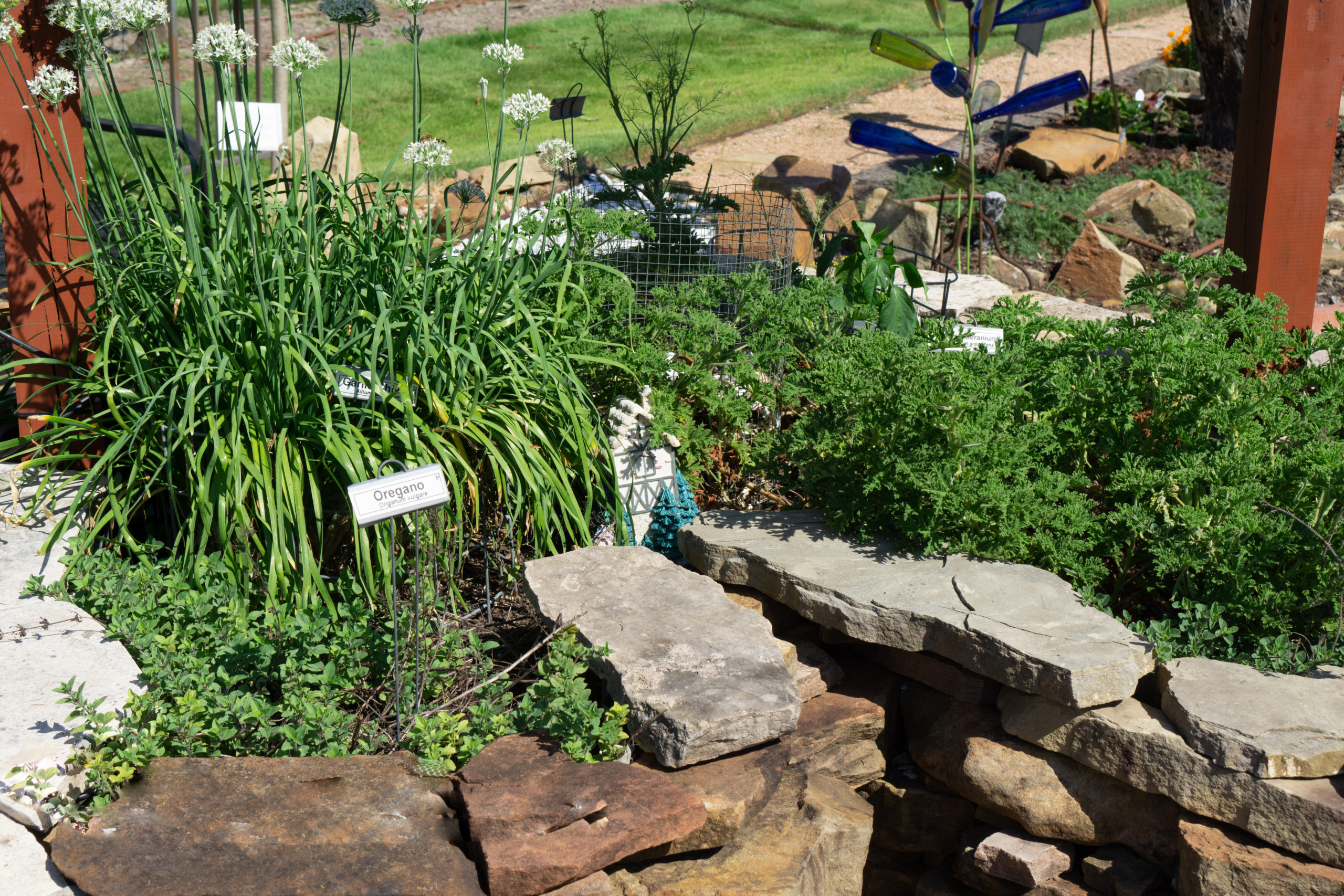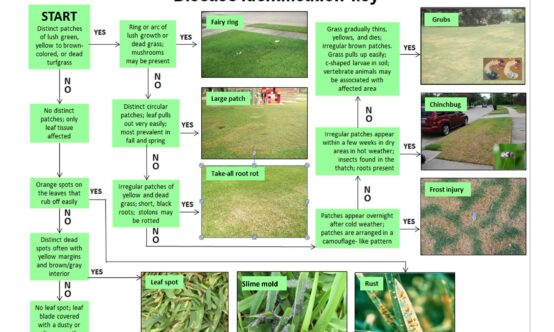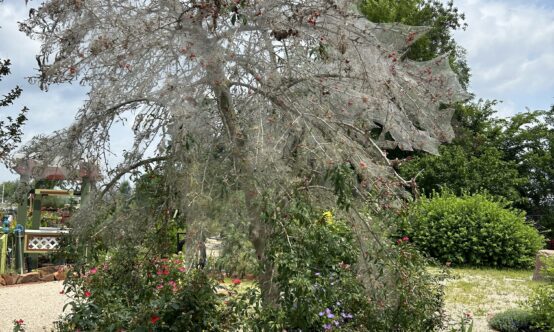Welcome to the Montgomery County, Texas Master Gardeners Website
Home Page
| Gardening Class | |
| Saturday August 10, 2024 | |
| Register with Eventbrite | |
 |
|
Our Vision: Enhance lifestyles in our community through horticulture Our Mission: We educate the community through fellowship and demonstration using researched-based gardening information |
The Texas A&M AgriLife Extension Office
9020 Airport Rd, Conroe 77303
8 am – noon, 1 – 5 pm
Monday – Friday
For Gardening questions call 936-539-7824







